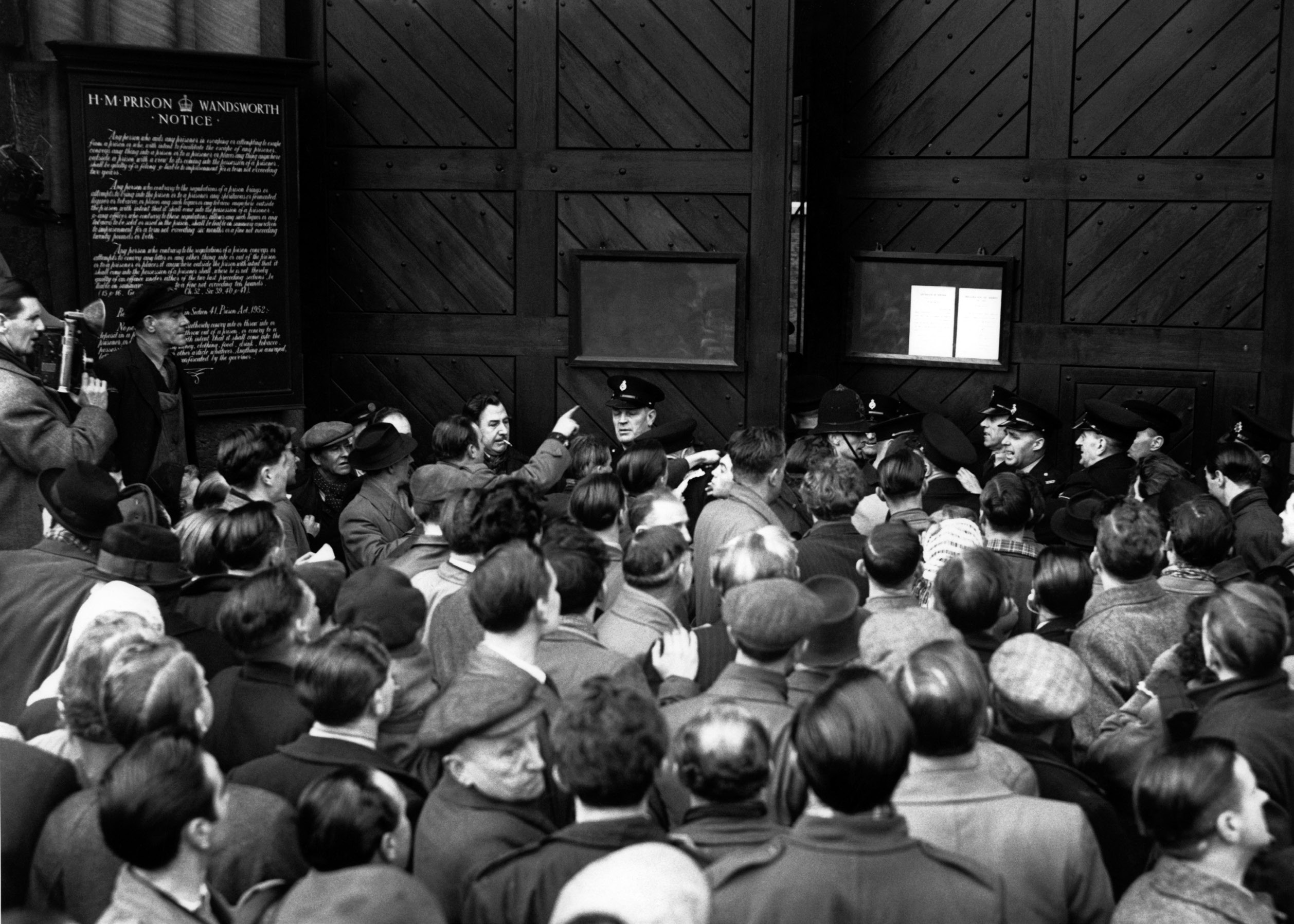
In 1861 the law was changed so that only four crimes committed by civilians remained capital offences (i.e. punishable by death): murder, treason, piracy with violence and arson in dockyards and arsenals. However, in practice the only crime the death penalty was imposed for was murder.
The early twentieth century saw further restrictions on the use of capital punishment so that by 1933 no one under 18 could be executed. By 1938 the murder of a child under 1 year of age by the mother was treated as manslaughter because she was assumed to have a disturbed balance of mind due to recent childbirth. In reality, no one under 18 had been executed for murder since 1889 and no mother had been hanged for killing her newborn baby since 1849.
Your organisation does not have access to this article.
Sign up today to give your students the edge they need to achieve their best grades with subject expertise
Subscribe




